Untitled Film Still #43 – Shot in Monument Valley, Arizona, 1979. Cindy Sherman.
Mise-en-scène is a French expression that describes the design aspects of a theatre or film production. It is both the physical setting for action in a film, and also the arrangement of actors and scenery on a stage. But it can be much more than that. U.S. film critic Andrew Sarris says: “Dare I come out and say what I think it to be is an ‘elan of the soul’ … as it is all I can do is point at the specific beauties of interior meaning on the screen and later catalogue the moments of recognition.” To Sarris Mise-en-scène is not just all the elements of visual style but mystical meanings related to the emotional tone of a film.
For the photographic works of Cindy Sherman and Eleanor Antin, Mise-en-scène is perhaps the most crucial element, in an art form not generally given to the more embellished story-telling aspects of stage and screen. Both artists use the camera as their brush, and not only do they capture a scene, as photographers are wont to do, but to varying degrees they create the very scene that they then photograph. In Cindy Sherman’s “Complete Untitled Film Stills,” a series of 69 black and white photographs begun in 1977, she immersed herself as the main subject in her shots, challenging cultural stereotypes supported by the media. These photos echoed still frame shots of movies, largely film noir pictures of earlier decades.
Untitled Film Still #21 — New York City, 1978. Cindy Sherman
Sherman’s series included several in New York City, featuring herself as a blonde woman in various poses as if these were still frame shots taken from some film noir or Italian neorealist motion picture. Much has been written about what Sherman is trying to express here, in terms of feminism, cultural change, etc. Sherman herself did not consider her work feminist, and did not consider that the work was about herself. She thought of herself in these and others as just one more available prop. I’d like to focus on the excellent black and white photography of the shot. The background buildings half in light, half in shadow; the bright collar contrasted against the darkness of the building in blackest shade; the averted eyes and a face showing some sort of concern, the hint perhaps of worry; all of these combining in an excellent shot that I do believe captures the spirit of some of the films to which it is compared. Consider for instance the picture below, a still shot from Alfred Hitchcock’s thriller Psycho. Again, the sharp contrast of black and white, the look of concern, and the use of frames, in Sherman’s photo as a background of her subject, in the Psycho shot, frames within frames, showing the subject to be boxed-in.
Still frame of Janet Leigh in Psycho, 1960.
Still frame of Joseph Cotton in The Third Man, 1949.
A classic of the film noir genre is the British film The Third Man, directed by Carol Reed and starring Joseph Cotton and Orson Welles. The film is loaded with dark alleys, creepy sewers, and people lurking in the shadows. Note in this shot the use of layers of staircases, lines and angles , a distortion of things, and the lone person looking bewildered. Sherman makes use of some of the elements of classic black and white photography in her own staircase shot, looking helpless at the base of a set of stairs, with huge concrete window divides, looking like so many giant walls nearly surrounding her. Remember, Sherman herself is the model in most of her shots, meaning she had to set up some sort of timer and use a tripod, putting herself in the shot from a distance. Sherman cleverly creates a stand-alone scene from some imaginary story, making you wonder about this woman’s story, her past, and her ultimate fate.
Untitled Film Still #63 — New York City, 1978. Cindy Sherman
Judgment of Paris (after Rubens) – Dark Helen, 2007 — Eleanor Antin
Eleanor Antin’s 2007 exhibit Helen’s Odyssey features 9 large-scale dramatic photographs depicting two versions of the historic-mythological Helen of Troy. The “light” Helen is a charming blonde who engages in the pursuits of desire, while the “dark” Helen is brooding, vengeful, and seeks to destroy her admiring victimizers. Antin engages models, props, and a created backdrop to present her scenes. Says Antin of Judgment of Paris – Dark Helen: “… I would love to have invented Rococo photography. As in a century before photography. Here I am talking about beauty as being a mixture of a kind of pathos and desire — and that’s what the Rococo is about.” The colors are indeed Rococo, but the photo itself is patterned after a Baroque painting, that of Peter Paul Ruben’s Judgement of Paris, in which Paris awards a golden apple to the goddess Aphrodite, who stands between the losers in this contest of beauty, the goddess Athena and the goddess Hera. In the Antin photo, Athena is the one with the rifle, while Hera cleans house.
Judgment of Paris – 1639 — Peter Paul Rubens.
Romans During the Decadence – 1847 — Thomas Couture
Thomas Couture’s 1847 painting is the inspiration for Antin’s next piece, Plaisir d’Amour (after Couture.)” The initial painting of Couture’s shows debauched revelers in various stages of undress and cavort, while some characters look on with disapproval. Antin follows with a photograph that is much brighter and which, to my eye, manages to capture the look of a Renaissance-style painting, perhaps of Raphael. The bright colors really help this one, and I might like it even more than Couture’s original, which is engaging, but manages to lose one’s gaze after a bit of wandering.
Plaisir d’Amour (after Couture) 2007. — Eleanor Antin
Constructing Helen – 2007 — Eleanor Antin
For the last piece of Antin’s exhibit, I had to comment on her Constructing Helen. This picture is a collage of different people inserted into the picture to show the scene of artists putting together a giant statue of a reclining Helen as well as other pieces of the Helen story. Says Antin: “… I thought we’d do it in one shot by constructing a huge nude plaster sculpture, but the prices that people quoted were unbelievable. And then who could carry such a monster? … I said “Forget it.” It’s impossible. But I wanted to do that image. It haunted me. So I gave in. “Okay, Eleanor, you have to enter the modern world. You have to do the image in pieces.” And after a while, I began to like the idea since that picture is a sort of mega-metaphor for the whole set of metaphors and images in the exhibition.” As a photographer that has done a lot of work in black and white, I really do love this piece for its contrast of black and white and lovely shades of grey, and for the balance of the shot: the two dark vertical lines complementing the one long horizontal; the diagonal pole in the hands of the headless statue paralleling that of the reclining nude. I think its a fantastic shot.
Constructing Helen – (portion) 2007 — Eleanor Antin
Special Links
http://en.wikipedia.org/wiki/Mise_en_sc%C3%A8ne
http://en.wikipedia.org/wiki/Cindy_Sherman
http://blog.art21.org/2008/06/12/eleanor-antin-helens-odyssey/
http://www.smithsonianmag.com/people-places/Indelible-Images-Monument-Valley-Girl.html
http://www.brooklynmuseum.org/eascfa/feminist_art_base/gallery/eleanorantin.php
http://en.wikipedia.org/wiki/Eleanor_Antin
Parting Thoughts
I must admit that I was drawn to both of these artists because of their photographic skills in part, but also because Eleanor Antin’s ability to use people, props, scenery, clothing, and the like to populate her created scenes is a technique that I stumbled across while a part of the online virtual community of Second Life. There I learned how to use “in world cameras,” basically graphic-arts editing, much as I had learned to use real-life cameras, paying attention to such basic photographic skills as composition, balance, shading, and the like. But like Antin, I would create an entire scene from “manufactured” objects such as trees, rocks, curtains, furniture, and more and manipulate the in-world avatars to create a scene. Graphic arts is just one more tool in the modern artist’s tool chest, and the possibilities are endless.
Link to a Second Life polyptic image, Artemis and the Transformation of Actaeon.
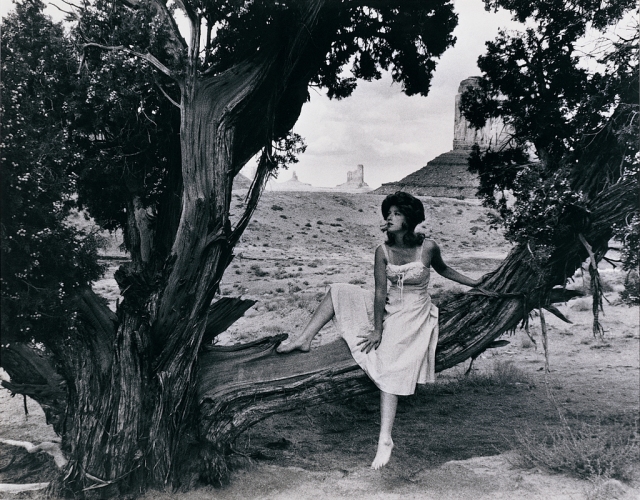
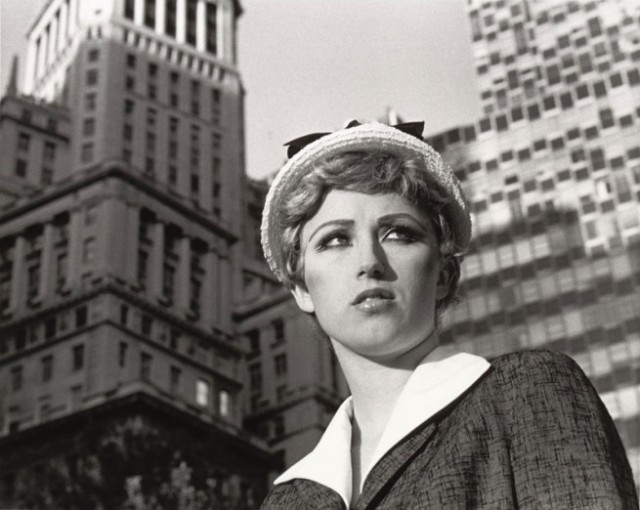
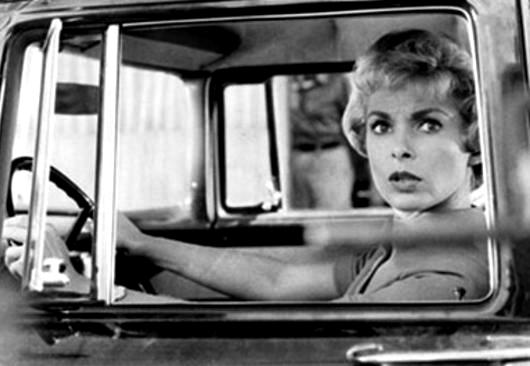
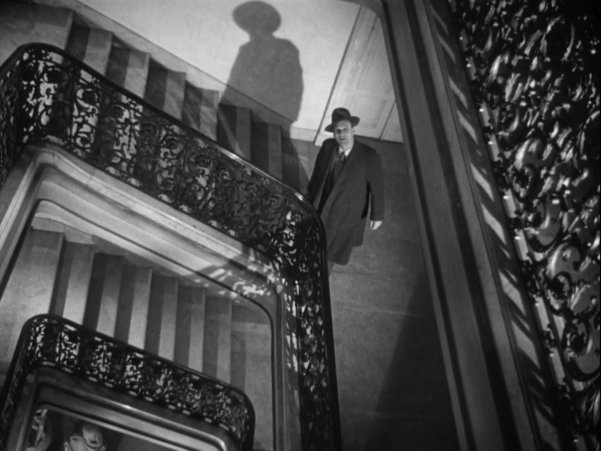
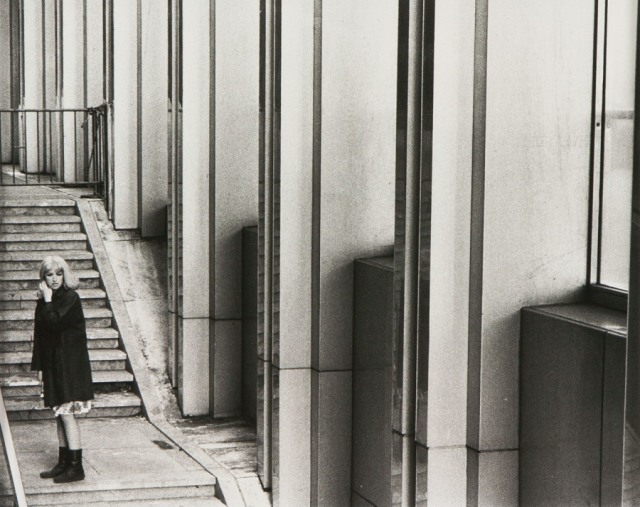
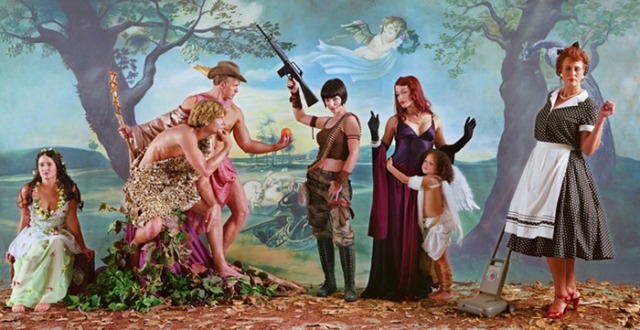
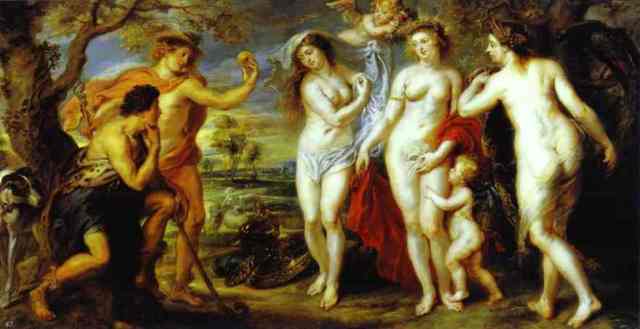
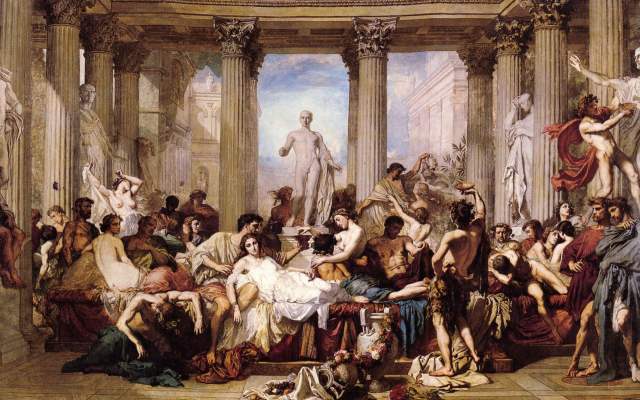
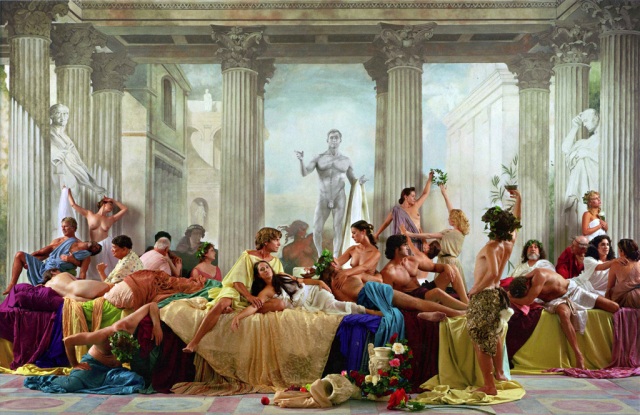
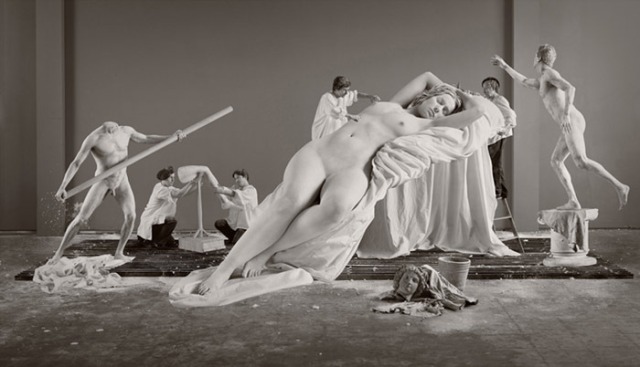
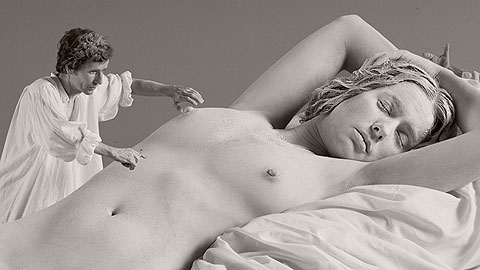
I like the work of your post, in a way it reminded me of the photographing style of Maya Lin. The way she brings together the old with the new and brings it to life.
Glad you stopped by! Yeah, I like Maya Lin too. I was tempted to use her in this post too. Good call. Thank you.
I also chose Cindy Sherman as one of the artists I focused on. I absolutely love her photographs! She isn’t afraid of the camera, which I think is very important. She is a beautiful woman. Great job!
Hello, nicolep2013, thanks so much for stopping by and commenting! Yes, Sherman is a very interesting photographer, who has a great feel for drama. Thank you for your kind words.
Great Digital photographer, I’m unconstipated visitor associated with on site, maintain up the excellent work, and This’s destined to be a even visitor for a long time.
ช่างถ่ายรูป งานรับปริญญา thank you for your comments. I am very glad that you stopped by. I hope to get out some more posts soon on various works of art. 🙂
Setting the Stage – a Look at the Photographic Mise en scène of Eleanor Antin and Cindy Sherman «
markofthearts http://poker88indo.com